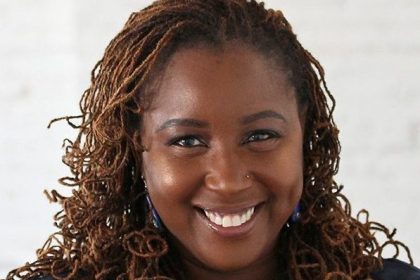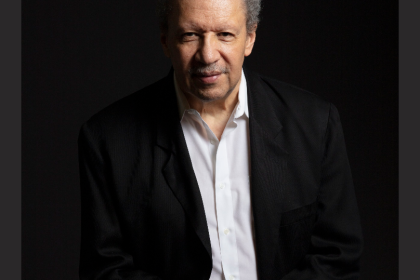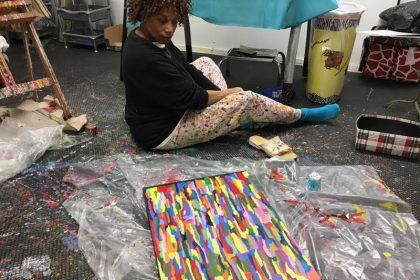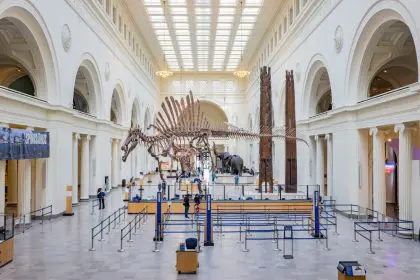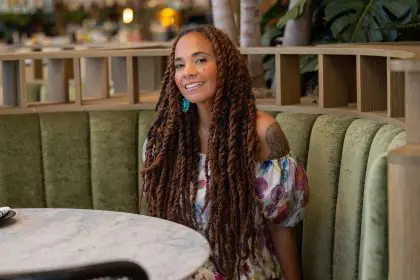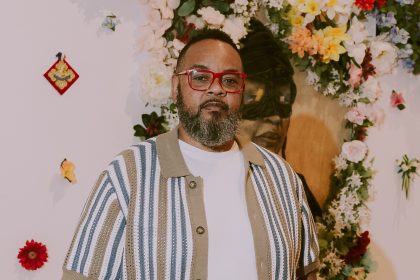In the hallowed halls of cultural institutions across America, a quiet revolution unfolds. Women leaders are not merely claiming seats at tables long dominated by men—they’re reimagining the very architecture of power itself, transforming traditionally hierarchical structures into expansive circles of influence and collaboration. This evolution, while still unfolding, offers a masterclass in authentic leadership that resonates far beyond the arts sector.
The radical act of being completely yourself
In a world where women have long been conditioned to modulate their presence—to speak more softly, to take up less space, to carefully calibrate their ambitions—Judith Jamison stands as a towering counterexample. The legendary dancer and former artistic director of Alvin Ailey American Dance Theater never made herself smaller to accommodate others’ discomfort.
“She was always herself, no matter where she has been, whether she’s speaking to ambassadors, heads of government, or to the dancers next to her,” reflects Donna Walker-Kuhne, the influential senior advisor for diversity, equity and inclusion at New Jersey Performing Arts Center (NJPAC). “You got Judith all the time, and that is something that I think everyone has really appreciated.”
This unapologetic authenticity reads as radical in a landscape where women—particularly women of color—have historically been expected to code-switch, to shape-shift depending on their audience. Jamison, with her regal six-foot frame and unwavering artistic vision, offered a different paradigm: leadership as a natural extension of one’s fullest self rather than a carefully constructed performance of palatable authority.
The exquisite demand of complete commitment
In Walker-Kuhne’s worldview, the path to genuine leadership requires nothing less than total commitment—a philosophy that has informed her own pioneering work in audience development and cultural equity.
“In order to claim the space you have to be at your best,” she explains, leaning forward with the intensity that has made her one of the performing arts world’s most sought-after strategists. “I don’t think you can step into space, and only have fifty percent of yourself there. It’s got to be hundred, and the hundred represents the effort, the struggles, the suffering, the humility, the appreciation, all of those qualities enable you to be hundred percent in that space.”
This philosophy reframes the conversation about women’s advancement. Rather than waiting for permission or invitation, it positions excellence as its own authorization—a radical rebuttal to systems that expect women to patiently await recognition.
The historical moment when Judith Jamison first performed “Cry”—the 16-minute tour de force that Alvin Ailey choreographed as a birthday present for his own mother—crystallizes this principle. When the final notes faded, the audience’s response transcended mere appreciation. “I believe her standing ovation was over ten minutes,” Walker-Kuhne recalls, her voice still carrying traces of awe decades later.
In that electric moment, Jamison claimed her space not through external validation, but through the undeniable force of her artistry—creating a template for leadership that begins with mastery rather than permission.
The quiet revolution against invisible boundaries
For women navigating leadership landscapes still predominantly designed by and for men, internal barriers can prove as formidable as external ones. The subtle, insidious messages absorbed through decades of cultural conditioning create an internal resistance that can be more difficult to overcome than explicit discrimination.
“Often women tend to hold back and not feel as if I can claim my space,” Walker-Kuhne observes with the clarity of someone who has both experienced and transcended these limitations, “because sometimes in a male-dominated environment you feel as if I do, then I’ll be shut down. I’ll be silenced.”
The genius of transformative leaders like Jamison lies partly in their ability to operate as if these invisible boundaries simply don’t exist. “That just was not even in her orbit,” Walker-Kuhne says with quiet admiration, “because it was so clear who she was, the power she had, but also the support that she had.”
This psychological liberation—the capacity to move through professional spaces without internalizing limitations—represents perhaps the most profound aspect of women’s leadership evolution. It suggests a future where excellence and vision automatically command space, regardless of gender, race, or other dimensions of identity.
The revolutionary act of making room
In the traditional leadership paradigm, power is conceptualized as finite—to be hoarded, protected, and reluctantly shared. The emerging model championed by women in arts leadership fundamentally rejects this scarcity mentality, replacing it with an abundance perspective where power multiplies through distribution.
“Always making room for who’s next. Always raising our successors,” Walker-Kuhne emphasizes, her voice carrying the quiet authority of someone who has helped transform institutional landscapes across the country. “That’s what enables us to take up the space generously and continuously.”
This philosophy represents perhaps the most profound departure from conventional leadership models. Rather than viewing power as personal achievement or possession, it reconceptualizes leadership as a continuous cycle of cultivation and empowerment—a pipeline rather than a pinnacle.
The most visionary leaders in this model don’t simply mentor; they actively create pathways and dismantle barriers, understanding that their legacy lies not merely in personal accomplishment but in how effectively they expand access for others.
The radical economics of cultural leadership
Perhaps nowhere is this expansive leadership model more evident than in the transformation of arts institutions from cultural ivory towers to community economic engines. In Newark, New Jersey—a city with its own complex narrative of urban challenge and renaissance—arts organizations have repositioned themselves as anchors of community-centered economic development.
“We’re cultural anchor institutions, which means we drive the economy of the city,” explains Walker-Kuhne, who has spent over a decade helping transform Newark’s cultural landscape. The economic impact of this approach extends far beyond traditional metrics of ticket sales and artistic programming.
“One of our initial efforts is to make sure that we’re creating spaces and opportunities to drive income so that everyone benefits from arts and culture,” she elaborates. This philosophy has manifested in tangible community assets—from residential developments to the forthcoming Lions Gate film studio, projected to generate eight million dollars in annual revenue for the city.
This approach fundamentally reconceptualizes cultural leadership from curatorial stewardship to community economic development—a model where artistic excellence serves as a catalyst for broader prosperity rather than an end in itself.
The expansive future of female leadership
The leadership models emerging from women in the arts offer a compelling template that transcends industry boundaries. By bringing their full selves to their roles, demanding excellence rather than permission, transcending limiting narratives, mentoring with intention, and centering community benefit, these leaders are reimagining both the practice and purpose of institutional power.
The legacy of pioneers like Judith Jamison continues to reverberate through subsequent generations of arts leaders who understand that true cultural leadership extends far beyond artistic programming or institutional prestige. By conceptualizing leadership as a vehicle for community transformation rather than personal advancement, these visionaries are creating a model that replaces extraction with reciprocity, exclusivity with access, and scarcity with abundance.
As Walker-Kuhne observes with the quiet certainty of someone who has witnessed profound institutional transformation, this approach ultimately creates more vibrant, economically sustainable, and inclusive cultural ecosystems—proving that when women lead differently, everyone benefits.


